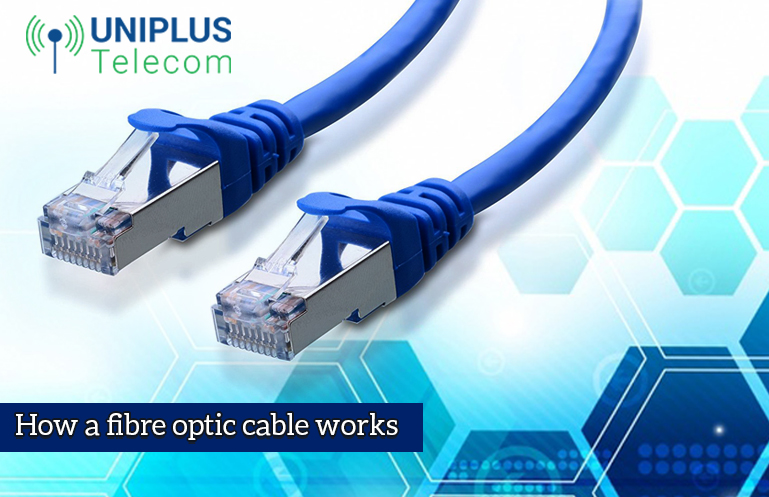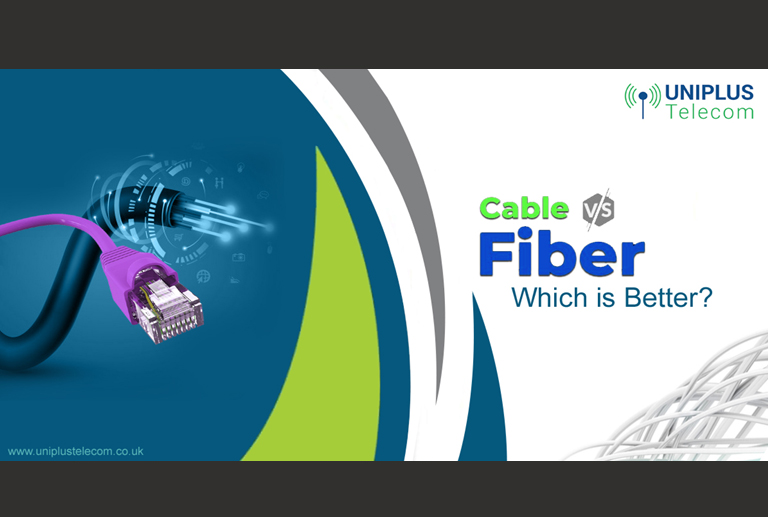The use of fibre optic lines has gained traction in the last two decades. At present, it has taken over the telephone industry and changed the way things work in it. Since its inception, the optical fibre has been playing a key role in connecting people with one another on the internet. But at present, it has become a reliable source of internet traffic and long distance calls, replacing the broadband connection based on copper wires.
In order to develop an understanding of how optic cable works, you need to visualise an extremely long drinking straw of a plastic pipe which is flexible. Assume that the length of the pipe stretches several miles in length. Imagine that the interior of the pipe has mirror coating.
Next, imagine yourself looking at the mirror on one end, and your friend flashing a flashlight on the shiny interior of the pipe. Owing to the fact that the interiors of the pipe are coated with the coating of a mirror, regardless of the fact that whether the pipe is straight throughout its length or has curves, you will be able to see the reflected light on the other end. Alternatively, your friend can also communicate with you using the morse codes. The technology of fibre optic cable, which is extensively used in business fibre broadband, is based on a similar concept.
If you go by the technique, as stated above, you might wonder why glass is used in fibre optic instead of a mirrored tube. While a cable made out of a mirrored tube would work, it would be heavy in terms of weight. Also, it would become difficult to coat its internal portion with a perfect mirror. On the other hand, the purity of glass, coupled with its light weight, makes it ideal for a fibre optic cable.
The purity of the glass used inside an optic cable enables the light to cover long distances along the length of the pipe with ease. Interestingly, the thickness of the glass strand used in fibre optics, that provide business fibre broadband, is comparable to the thickness of a hair of an average human being.
To achieve the substitute of a mirror, sometimes, a glass strand is also coated in plastic. The mirror results in total internal reflection, similar to what the mirror coating on the internal portion of a tube does. When light travels through the fibre, it bounces at shallow angles due to which it does not go out of the fibre.
In case of telephonic conversations, the analogue voice signals are converted into digital voice signals. The laser at one of the ends, of the pipe, switches on and off to send every bit. Modern fibre systems are capable of transmitting several billions of bits in one second.

Here’s How a Fibre Optic Cable Works
- by : Rachel Green
- Category : Business fibre broadband,
28
Mar


